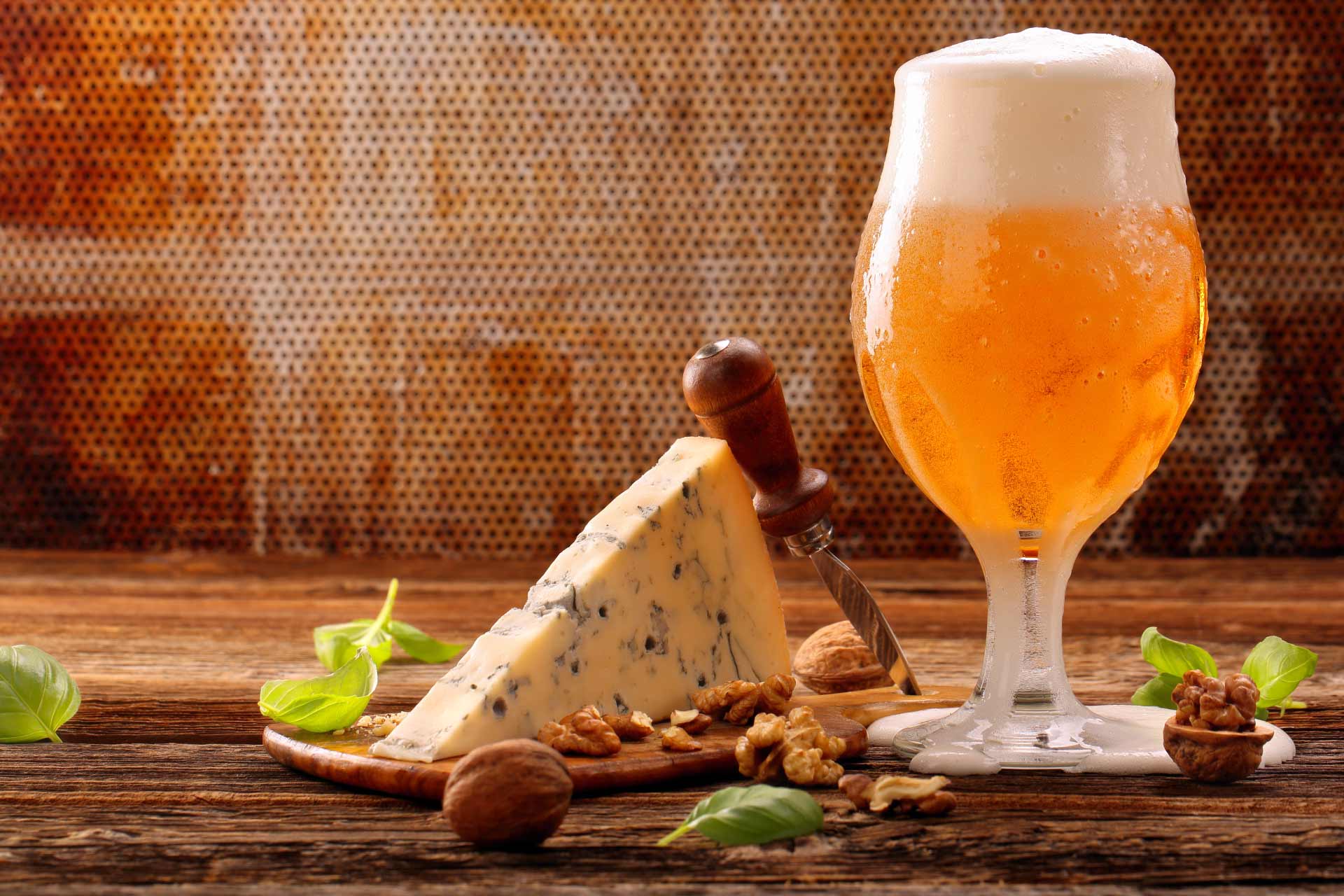[toc]
What is already known on this topic
Previous studies have shown that naturally preserved ancient feces, or paleofeces, contain plant fossils, parasite eggs, and even ancient biomolecules. For this reason, paleofeces have been used to investigate prehistoric diets and to analyze the gut microbiota of our ancestors.
What this research adds
By studying paleofeces from salt mines in the Austrian UNESCO World Heritage area of Hallstatt-Dachstein/Salzkammergut, researchers reconstructed the diet and the gut microbiota composition of people living in Austria 2,700 years ago. The most prevalent plant fragments in the paleofeces were bran and glumes of different cereals. The researchers also found proteins from broad beans, fruits, nuts, and animal food products. Up to the 18th century, ancient miners had gut microbiotas similar to those of modern non-Westernized populations, whose diets are mainly composed of fresh fruits and vegetables. In one fecal sample from the Iron Age, the team found a high abundance of proteins and DNA from two fungi involved in food fermentation — Penicillium roqueforti and Saccharomyces cerevisiae.
Conclusions
The findings suggest that people who lived in modern-day Austria 2,700 years ago drank beer and ate blue cheese. This is the first molecular evidence for blue cheese and beer consumption in Iron Age Europe, the researchers say.
Naturally preserved ancient feces, or paleofeces, can offer important insights into early human diet and health. By analyzing ancient fecal samples from Austrian salt mines, researchers have found evidence that people who lived in modern-day Austria some 2,700 years ago drank beer and ate blue cheese.
This is the first molecular evidence for blue cheese and beer consumption in Iron Age Europe, the researchers say. The findings were published in Current Biology.
“It is becoming increasingly clear that not only were prehistoric culinary practices sophisticated, but also that complex processed foodstuffs as well as the technique of fermentation have held a prominent role in our early food history,” says study co-senior author Kerstin Kowarik at the Museum of Natural History Vienna.
Previous studies have shown that paleofeces contain plant fossils, parasite eggs, and even ancient biomolecules. For this reason, paleofeces have been used to investigate prehistoric diets and analyze the gut microbiota of our ancestors.
Kowarik, Frank Maixner at the Eurac Research Institute for Mummy Studies and their colleagues analyzed paleofeces from salt mines in the Austrian UNESCO World Heritage area of Hallstatt-Dachstein/Salzkammergut to reconstruct the diet and the gut microbiota composition of people living there 2,700 years ago.
Ancient diet
Microscopic analysis of the ancient feces revealed that the most prevalent plant fragments in the paleofeces were bran and glumes of different cereals. The Bronze Age sample contained almost exclusively cereal remains from barley, spelt, some emmer, proso millet, and a few weeds. The researchers also found proteins from broad beans, fruits, nuts, and animal food products such as cattle and swine meat.
Up to the 18th century, ancient miners had gut microbiotas similar to those of modern non-Westernized populations, whose diets are mainly composed of fresh fruits and vegetables. The researchers found Prevotella copri, which is highly prevalent in non-Westernized populations, in all paleofecal samples.
Other microbiota species found in paleofeces, including Bifidobacterium angulatum, Lactobacillus ruminis and Clostridium ventriculi, were more than twice as prevalent in non-Westernized populations as they were in Westernized populations. The findings suggest a more recent shift in the Western gut microbiome as eating habits and lifestyles changed, the researchers say.
Beer and blue cheese
In one fecal sample from the Iron Age, the team found a high abundance of proteins and DNA from Penicillium roqueforti and Saccharomyces cerevisiae. Today, both fungi are commonly used in food processing: P. roqueforti for fermenting cheese such as blue cheese and Roquefort cheese; S. cerevisiae for fermenting bread and alcoholic drinks including beer and wine.
“The Hallstatt miners seem to have intentionally applied food fermentation technologies with microorganisms which are still nowadays used in the food industry,” Maixner says.
The findings can help to gain insights into the early production of fermented foods. “These results shed substantial new light on the life of the prehistoric salt miners in Hallstatt and allow an understanding of ancient culinary practices in general on a whole new level,” Kowarik says.
In the future, the researchers hope to learn more about the interplay between diet and gut microbiota across time.











